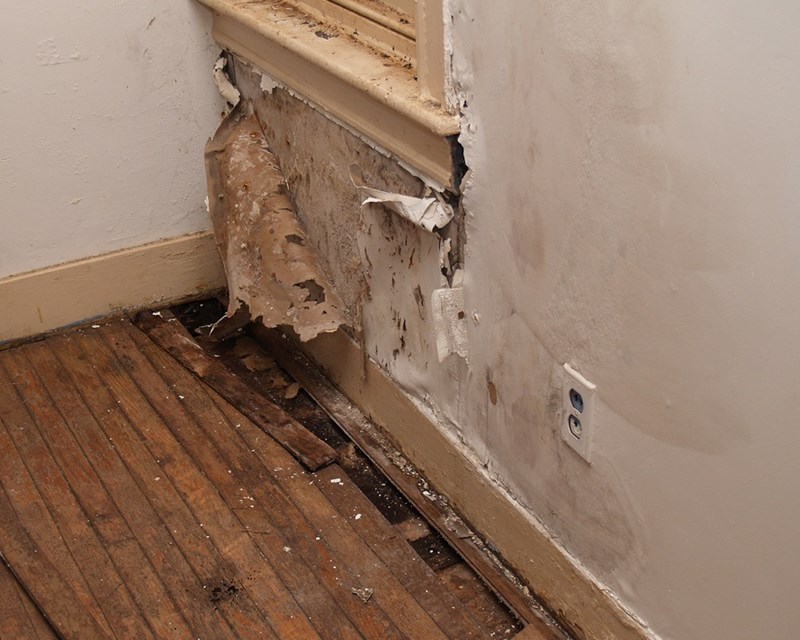Preventing Water Damage in the Bathroom
Preventing Water Damage in the Bathroom
Blog Article
What're your opinions on How to Fix a Water Damage Bathroom?

The shower room is incredibly vulnerable for damp accumulation and also prospective water damages because of the frequent use water in it. This short article offers straightforward evaluation strategies to assist detecting water damages risks.
The constant use of water in the bathroom makes it very susceptible for wet accumulation and also prospective water damages. By examining it regularly, you can minimize water relevant damages.
The adhering to collection of inspections is very easy to carry out and must be done when in every three months in order to maintain your bathroom healthy and to avoid possible water damages triggered by the bath tub, the shower, pipe joints as well as plumbing, sinks, closets, and also the toilet
Do not overlook doing these examinations and be complete while doing them. Remember that these simple assessments can conserve you a lot of money by giving early indicators for water damages
Bathtub as well as Shower
The shower and also bathtub require special interest and also upkeep. Check the ceramic tiles and also replace if broken. Make certain that there is no missing out on grout between the ceramic tiles. Evaluate and replace split caulking at joints where the wall surfaces meet the floor or the tub. Obstructed drains pipes and pipes issues will certainly protect against the bathtub from drying as well as might show significant problems below the tub. Talk to a specialist quickly to prevent structural damage. Focus on stainings or soft areas around the bathtub walls as they might suggest an interior leak.
Plumbing
Signs for water damages are tough to find considering that many pipes are mounted inside the wall surfaces.
Pay unique interest to flooring and also wall surfaces wetness and stains as they might suggest an undetectable plumbing problem. Check dampness levels in adjoining areas also.
Sinks and Cabinets
Sinks and closets are exposed to dampness as well as humidity day-to-day as well as are frequently overlooked. Evaluate on a regular basis under the sink and on the countertop over it. Repair any kind of drip in the catch as it may recommend drainpipe problems. Check out the sink, sluggish draining pipes might suggest a blocked drainpipe. Replace sink seals if they are fractured or loosened.
The Toilet
The commode is a susceptible water junction. Inspect the water lines and look for leaks around the commode seat, in the pipe, and under the water container. If you detect any type of indicators of moisture on the flooring around the bathroom, look for leaks in the toilet rim and also storage tank seals.
Be aware that hanging commode bowl antiperspirants enhances the chances for blockages.
TIPS TO PREVENT WATER DAMAGE IN THE BATHROOM
The average household uses approximately 80-100 gallons of water per person per day. For a family of 4, that's almost 2,500 gallons of water a week! The largest portion of this consumption comes from bathroom use. Flushing the toilet uses the most water, followed by taking a shower or bath. With that much water running through the home, water damage in the bathroom is bound to happen. Knowing how to spot signs of a water leak is essential to preventing long-term damage. This guide provides you with tips to reduce the impact of water damage on your bathroom.
CAUSES OF BATHROOM WATER DAMAGE
Pipe breaks are the most common cause of water damage we see in our daily jobs. The age of a pipe plays a large role in a pipe break as well as corrosion. Over time, the metal begins to break down, allowing water to escape. Frozen pipe breaks are also a concern in the winter months. Toilet overflows caused by paper products or children flushing inappropriate items. Degraded caulking around the toilet or bathtub can allow water seepage, sometimes behind the fixture, into the subfloor or walls. Condensation forms when the water in a pipe is cooler than the air temperature. Beads of water form on the exterior of the pipes, sometimes so much so that the water begins to drip and pool below. Sink or shower backups created by poor drainage. HOW TO PREVENT WATER DAMAGE IN YOUR BATHROOM
Inspect your toilet supply line for worn or frayed hoses and replace them as needed. Winterize your plumbing to prevent a frozen pipe break. Use vent fans to prevent condensation that can lead to mold growth. Routinely check and replace degraded caulking around your toilet or bathtub. Increase the temperature in your toilet tank and insulate your pipes during the warm summer months to keep condensation from forming. Use child safety locks on the toilets. Flush only toilet paper. "Flushable" wet wipes are actually not good for your plumbing system. Additionally, feminine hygiene products should not be flushed. Prevent water from escaping the tub or shower. Make sure shower curtains are in good condition. Inspect shower doors and replace the seal strip if necessary. Wipe up any water that accumulates on the floor and use bath mats. Water left to sit can cause damage to the tiles and flooring. Refrain from using bath products containing heavy oils to avoid a clogged drain.

I'm just very fascinated by Preventing Water Damage in the Bathroom and I hope you liked my blog entry. Enjoyed our piece? Please share it. Let other people discover it. I praise you for your time. Come back soon.
Request An Appointment Report this page